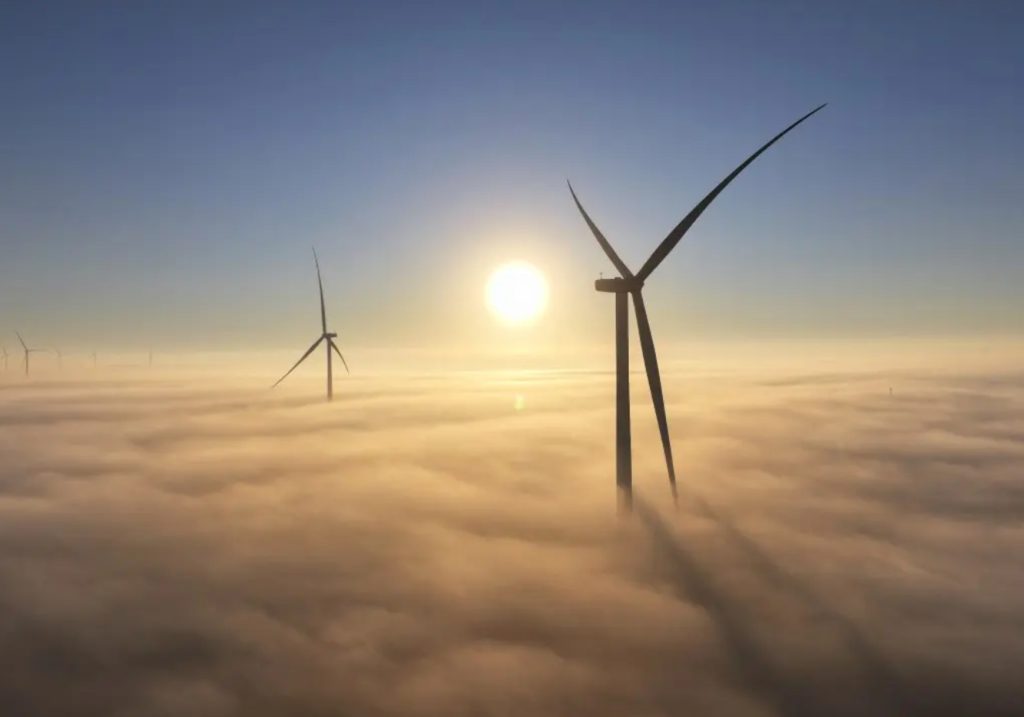
Photo: The country plans to produce 50 billion kWh of electricity annually from renewable sources by 2030
Source: Ministry of Ecology, Environmental Protection and Climate Change of Uzbekistan
Over the past 6-7 years, Uzbekistan has made progress in expanding its electricity production from solar and wind sources, marking a decisive shift towards more sustainable energy solutions.
A total of 38 agreements have been signed with international companies to build solar PV and wind power plants, with a combined capacity of 20,630 MW. This includes solar PV plants with a capacity of 7,630 MW and wind farms of 13,000 MW. To support these initiatives, the President of Uzbekistan has signed 29 decrees to facilitate the implementation of these projects.
Currently, several large-scale renewable energy projects are underway, including 7 solar photovoltaic plants with a total capacity of 1,700 MW and 3 wind farms with a total of 900 MW. Leading international investors such as ACWA Power from Saudi Arabia, Masdar from the United Arab Emirates and Voltalia from France, together with Chinese companies such as Gezhouba Overseas Investment Group and China Datang Overseas Investment, are spearheading these efforts. These projects are expected to generate an investment of approximately $24.37 billion, fully funded by foreign direct investments.
To date, Uzbekistan has already successfully put into operation 9 solar power plants and 1 wind farm, which together generate 2.7 GW of “green” electricity. These plants are spread across 7 regions and contribute significantly to the country’s energy mix.

Photo: Large-scale renewable energy projects, including solar and wind farms, are underway across Uzbekistan
Source: Ministry of Ecology, Environmental Protection and Climate Change of Uzbekistan
Key milestones in this green energy transformation include:
August 2021: Launch of Uzbekistan’s first large-scale solar PV plant in Karmana, Navoi region, with a capacity of 100 MW.
May 2022: A second solar plant with a capacity of 100 MW begins operation in Nurabad, Samarkand region.
December 2023: Commissioning of solar plants in Gallaorol, Jizzakh (220 MW), Karaulbazar, Bukhara (200 MW), and Sherabad, Surkhandarya (457 MW).
May 2024: Additional plants in Nishan, Kashkadarya (100 MW and 200 MW), and Yukorichirchik, Tashkent (200 MW).
As of 6 November 2024, Uzbekistan’s solar and wind power plants have generated 4.19 billion kWh of electricity, including 3.65 billion kWh from solar plants and 543.7 million kWh from wind farms. This output has helped save 1.27 billion cubic meters of natural gas and prevent the emission of 1.76 million tons of harmful gases into the atmosphere. To put this into perspective, the electricity generated so far could meet the annual consumption of almost 1.75 million households.
Looking ahead, Uzbekistan has ambitious plans to continue growing in renewable energy. By the end of 2024, 10 additional solar and wind power plants are planned to be operational, with a combined capacity of 2,600 MW. In 2025, another seven plants with a capacity of 3,150 MW will be operational, and by 2030, the country aims to operate nine wind farms with a total capacity of 9,300 MW in the Republic of Karakalpakstan.
In another move, Uzbekistan introduced a program in 2021 to purchase electricity generated by solar panels installed by households. By September 2024, the government had paid more than 2.4 billion shillings ($186,646) to 6,379 citizens for 2.4 million kWh of electricity sold to the grid. From January to September this year, 6,397 people sold a total of 8.94 million kWh of surplus electricity, at a rate of 1,000 shillings ($0.08) per kWh. These payments are processed monthly through the State Tax Committee’s “Soliq” mobile app.
To further encourage the adoption of solar energy, the government has created an online platform, where citizens can purchase solar panels and solar water heaters. These products are available through a 3-year interest-free installment plan or as a one-time purchase, with compensation based on the unit’s capacity.







